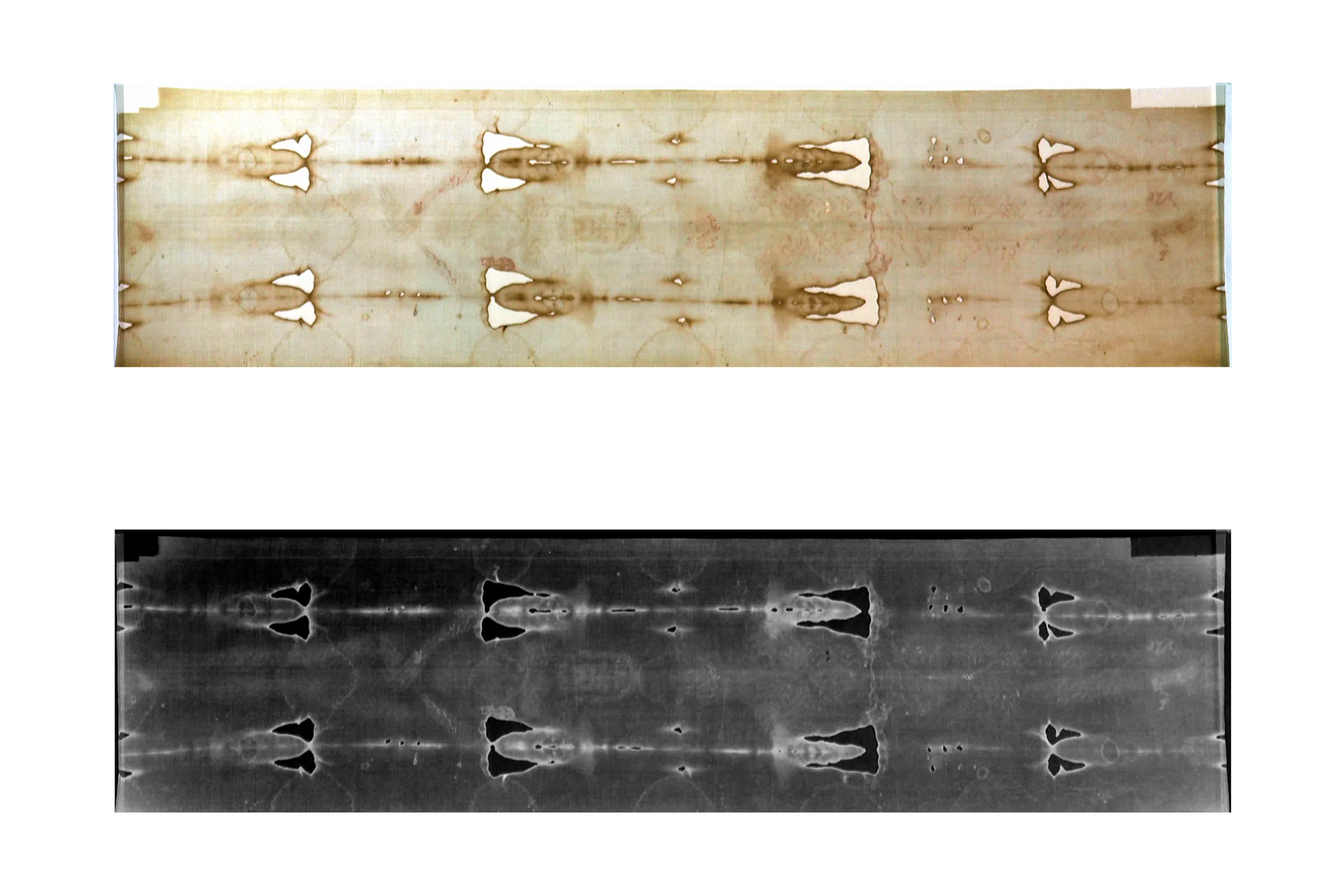Jesus Shroud of Turin: New Study Suggests Ancient Origins

Jesus Shroud of Turin Study Reveals Surprising Findings
A wave of excitement is gripping the debate around the Jesus Shroud of Turin. A team of Italian researchers recently published a study in the journal Heritage, claiming that a sample from this legendary cloth may date back to Jesus’ era. The researchers conducted a thorough dating process and discovered structural degradations using a novel technique called Wide-Angle X-ray Scattering.
Historical Context and Previous Research
- The Shroud has long been considered a significant religious artifact, thought by some to be Jesus Christ's burial cloth.
- Previous studies suggested a medieval origin, with a pivotal radiocarbon dating in the late 1980s placing the cloth’s creation between A.D. 1260 and A.D. 1390.
- Despite past conclusions, the new findings challenge the medieval narrative.
Controversies and Ongoing Debate
Though some studies hint at the Shroud's genuineness, the prevailing scientific consensus leans towards its classification as a medieval forgery. Bishop Pierre d'Arcis, in the 14th century, claimed to know the artist who created it. Nevertheless, researchers maintain that contamination in previous tests could have skewed results.
Implications of the Latest Findings
With this innovative research method, researchers like Liberato De Caro are influencing perspectives on the Shroud’s origins. The ongoing debate over the Jesus Shroud of Turin continues to capture the public's fascination and challenges the historical understanding of one of the most studied artifacts in history.
This article was prepared using information from open sources in accordance with the principles of Ethical Policy. The editorial team is not responsible for absolute accuracy, as it relies on data from the sources referenced.